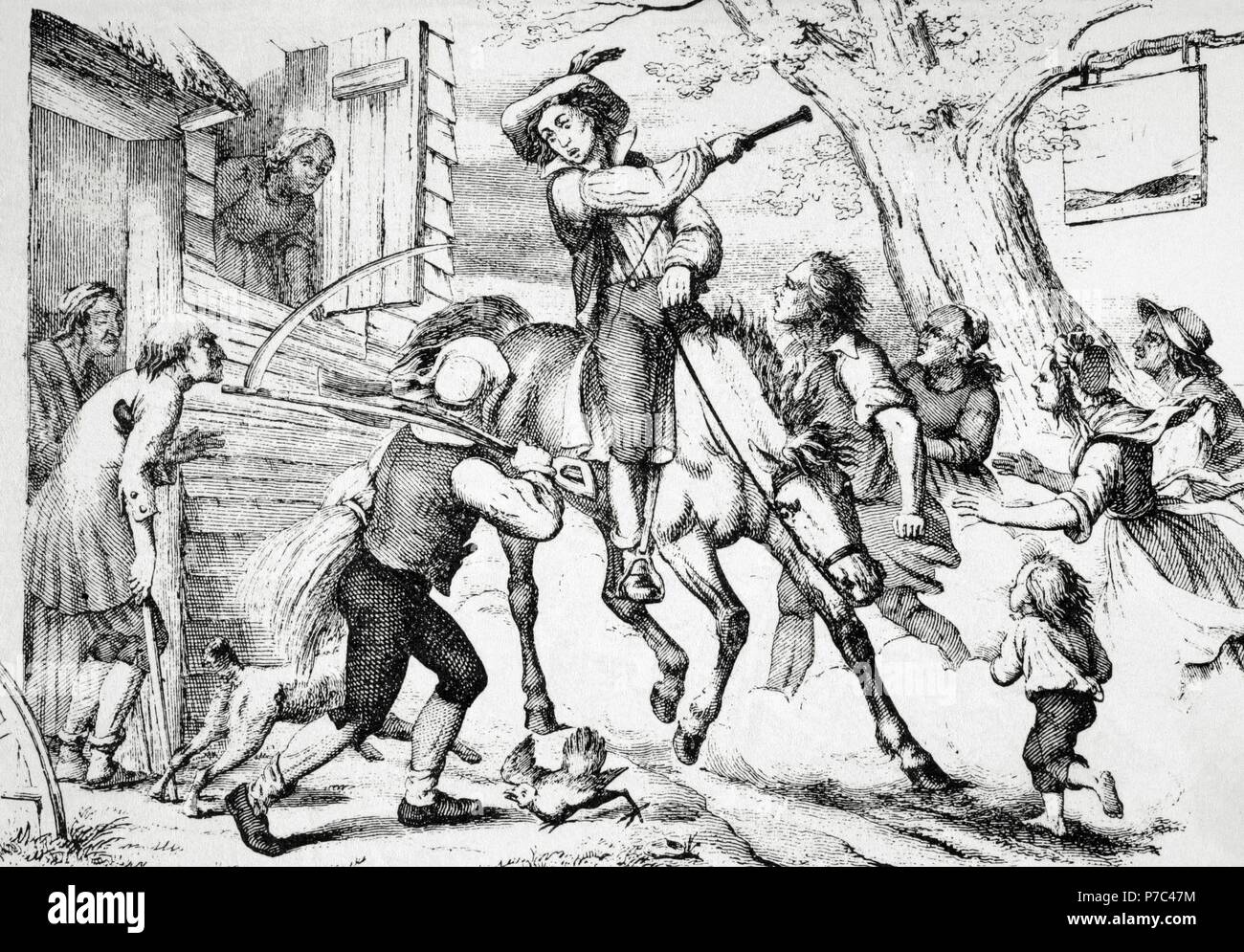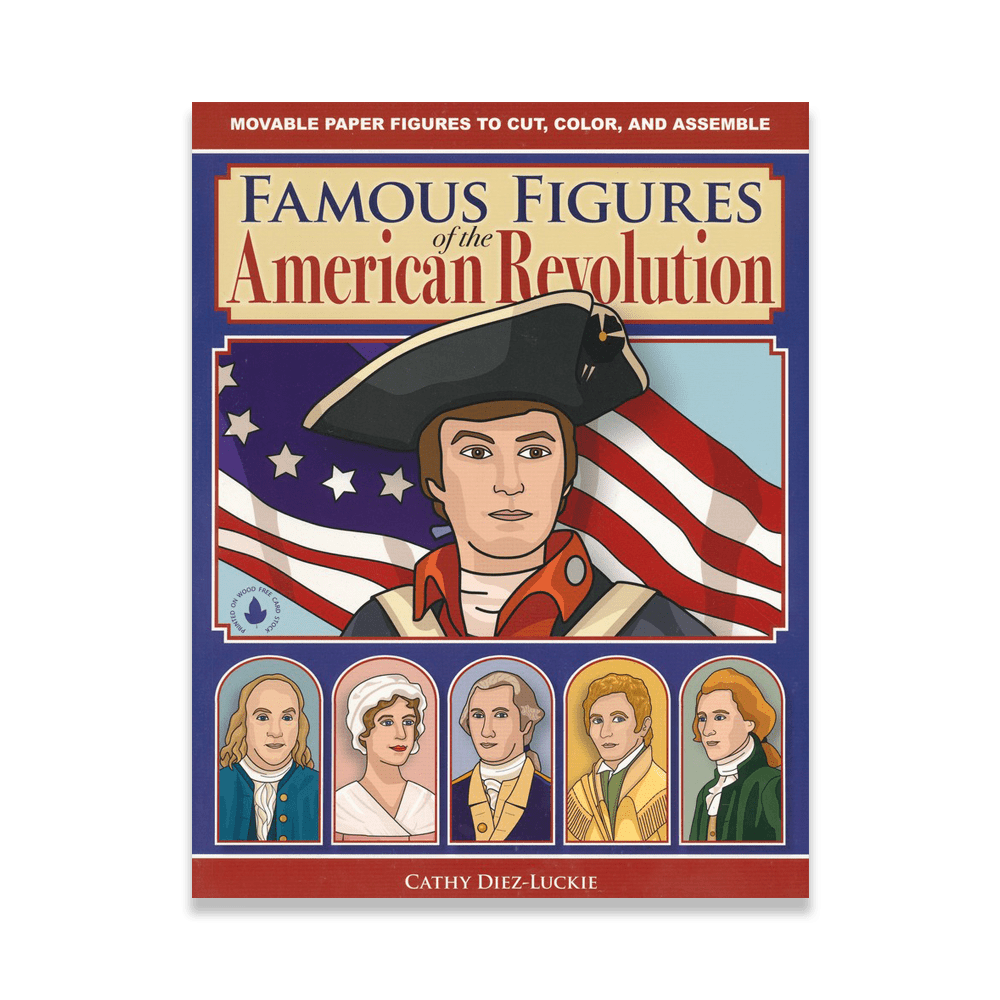The battles of Lexington and Concord, fought on April 19, 1775, marked the beginning of the American Revolutionary War. These skirmishes were not merely military confrontations but pivotal moments that galvanized colonial resistance against British rule. The heroes of these early engagements were not only military leaders but also ordinary citizens who rose to the occasion. This article delves into the key figures involved in these battles, their contributions, and the lasting impact they had on the course of American history.
The Prelude to Conflict
In the years leading up to the battles of Lexington and Concord, tensions between the American colonies and the British government had reached a boiling point. The imposition of taxes without representation, the Quartering Act, and various other measures incited anger among colonists. The formation of militias and the stockpiling of arms became common as the colonies prepared for the possibility of armed conflict. The British, viewing these actions as insurrection, planned to disarm the colonial militias by seizing their weapons.
Key Figures at Lexington and Concord
Several individuals played crucial roles in the events leading up to and during the battles of Lexington and Concord. Each of these figures contributed to the revolutionary spirit that would ultimately lead to the birth of a new nation.
John Parker: The Captain of the Lexington Militia
Captain John Parker was the commander of the Lexington militia and one of the first to confront British troops on that fateful morning. His leadership and resolve were instrumental in the early stages of the conflict.
- Background: Parker was a veteran of the French and Indian War and had a deep understanding of military tactics.
- Quote: Parker famously urged his men, “Stand your ground; don’t fire unless fired upon.” This quote encapsulates the spirit of the colonists who sought to defend their rights without initiating violence.
- Outcome: Parker led his men into the confrontation at Lexington Green, where the first shots of the Revolution rang out, marking a significant turning point in American history.
Paul Revere: The Midnight Rider
Although not directly involved in the battles, Paul Revere’s midnight ride is legendary for its role in warning the colonists about the British advance.
- Background: A silversmith and patriot, Revere was a member of the Sons of Liberty, a group that opposed British oppression.
- Ride of April 18: On the night of April 18, 1775, Revere rode from Boston to Lexington, alerting colonial militias of the British march. His cry, “The British are coming!” became iconic.
- Impact: Revere’s ride allowed the militias to mobilize, leading to organized resistance against the British forces.
William Dawes: The Unheralded Hero
While Paul Revere is often celebrated, William Dawes also played a crucial role in spreading the alarm.
- Background: Dawes was a fellow silversmith and a patriot who shared Revere’s commitment to the cause of independence.
- Ride: Dawes rode alongside Revere, taking a different route to warn the militia in Concord.
- Legacy: Though less famous, Dawes’s contributions were vital in ensuring that the message reached as many patriots as possible.
Samuel Adams: The Revolutionary Leader

Samuel Adams was a key political leader and one of the architects of the revolutionary movement.
- Background: A founding member of the Sons of Liberty, Adams was known for his fiery rhetoric and commitment to independence.
- Organizational Skills: Adams helped organize the resistance against British policies, including the Boston Tea Party, which solidified colonial unity against British rule.
- Role in Battles: Although he did not fight at Lexington and Concord, his influence as a leader helped to mobilize support for the colonial cause.
Joseph Warren: The Young Doctor and Patriot
Dr. Joseph Warren was a key figure in the early revolutionary movement and played a critical role in the events of April 19.
- Background: Warren was a respected physician and a passionate advocate for colonial rights.
- Leadership: He was instrumental in organizing the early response to British aggression, including the call to arms.
- Fateful Decision: Warren chose to stay in Boston, coordinating efforts and gathering intelligence, which proved invaluable to the colonial militias.
The Battles: A Clash of Ideals

The battles of Lexington and Concord were not merely skirmishes; they represented a clash of ideals between the colonists and the British Crown. The confrontation began in Lexington, where the militia faced off against British troops.
The Battle of Lexington
On the morning of April 19, around 700 British soldiers arrived in Lexington, where approximately 77 militia members awaited them.
- First Shot: The “shot heard ’round the world” was fired, marking the start of the American Revolution.
- Aftermath: The British advanced after a brief skirmish, leaving eight colonists dead and ten wounded.
The Battle of Concord

After Lexington, the British marched on to Concord, where they aimed to destroy military supplies stockpiled by the colonists.
- Colonial Response: The colonial militia quickly regrouped and engaged the British at North Bridge.
- Turning Point: The colonists successfully repelled the British troops, who began a chaotic retreat back to Boston.
- Casualties: The British suffered significant losses, with nearly 300 soldiers killed or wounded, while colonial casualties were much lower.
The Legacy of Lexington and Concord

The battles of Lexington and Concord set the stage for the Revolutionary War, uniting the colonies in their quest for independence. The heroes of these battles, from military leaders to everyday patriots, played a vital role in shaping the outcome of the American Revolution.
Impact on American Identity
- Symbol of Resistance: The battles became symbols of American resilience and the fight for self-determination.
- Mobilization of Forces: The events galvanized support for the Continental Army, leading to increased enlistment and participation in the war.
- Formation of a New Nation: The conflict established the foundation for the United States, as colonies united against a common enemy.
Conclusion: The Spirit of Revolution
The heroes of the battles of Lexington and Concord exemplified courage, leadership, and a commitment to the cause of independence. Figures like John Parker, Paul Revere, and Samuel Adams showcased the diverse contributions of individuals from all walks of life in the struggle for freedom. The significance of these battles extends beyond their immediate outcomes; they symbolize the enduring spirit of resistance that defines American identity. As we reflect on these pivotal moments in history, we are reminded of the sacrifices made by those who dared to stand against tyranny, paving the way for the birth of a nation founded on the principles of liberty and justice.